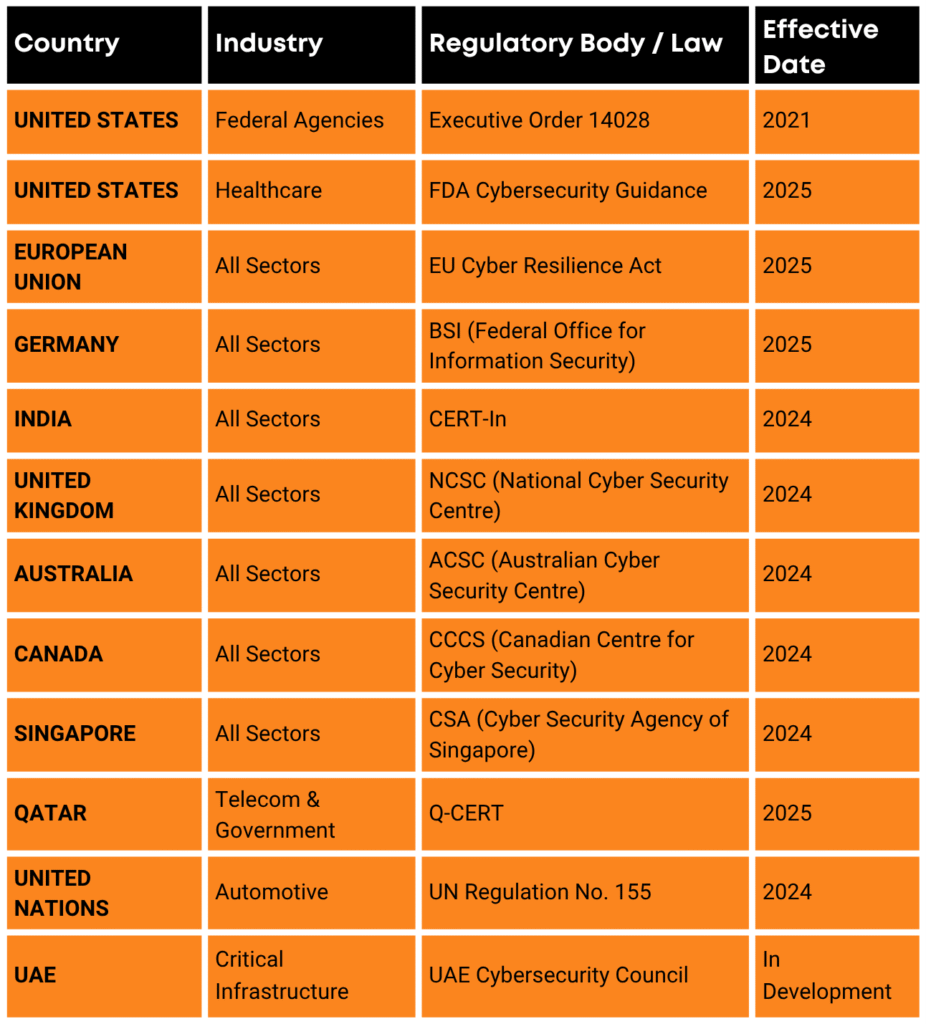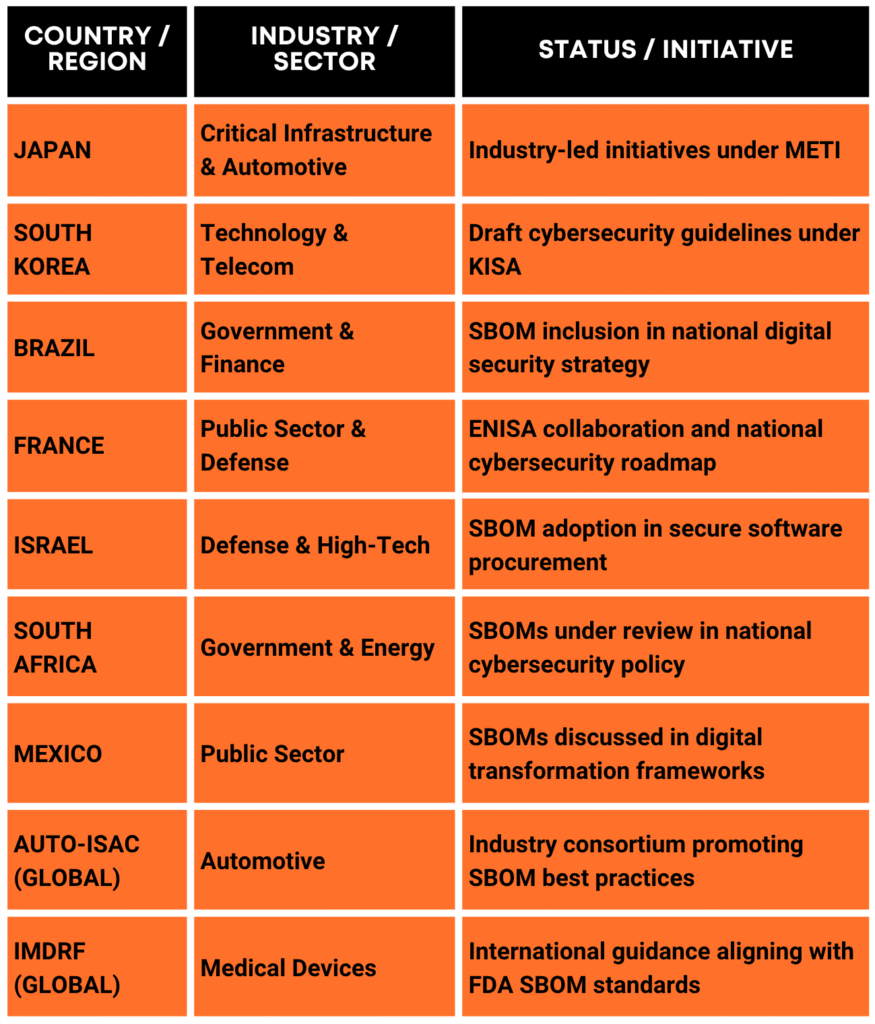Thank you for reading this post, don't forget to subscribe!
Global SBOM Mandates: A New Era of Software Supply Chain Transparency
As software supply chain attacks grow in frequency and sophistication, global regulators are responding with decisive action. One of the most impactful measures gaining global traction is the Software Bill of Materials (SBOM)—a structured inventory of software components that enhances transparency, security, and compliance.
Once considered a best practice, SBOMs are now becoming a regulatory requirement across industries and geographies. This blog explores the current mandates, emerging trends, and what it means for software producers and consumers.
Why SBOM Is Gaining Global Attention
Modern applications are built using layers of third-party libraries, open-source packages, and proprietary code. This complexity creates blind spots that attackers exploit. SBOMs help organizations:
- Identify and track software components
- Detect known vulnerabilities
- Ensure license compliance
- Respond quickly to zero-day threats
With national security, healthcare, and critical infrastructure at stake, regulators are mandating SBOMs to strengthen cyber resilience.
Global SBOM Regulations: Who’s Leading the Charge?
Here’s a snapshot of key countries and sectors where SBOM is mandated/guidelines provided

These mandates/Guidelines reflect a global consensus: SBOMs are essential for securing digital infrastructure and protecting sensitive data.
Sector-Specific Impacts
Healthcare
The U.S. FDA’s 2025 guidance requires SBOMs for medical devices to ensure vulnerability tracking and patient safety
Automotive
UN Regulation No. 155 mandates cybersecurity management systems, including SBOMs, for connected vehicles
Critical Infrastructure
Countries like UAE & India are integrating SBOMs into national cybersecurity to protect energy, telecom, & government systems
Countries and Industries Developing SBOM Requirements
In addition to the mandates above, many other regions and sectors are actively developing SBOM regulations or integrating them into cybersecurity frameworks:

What This Means for Software Vendors
If you develop, distribute, or integrate software in any of these regions or sectors, SBOM compliance is no longer optional. You’ll need to:
- Generate SBOMs during build and release cycles
- Maintain accurate component inventories
- Integrate SBOMs into vulnerability management workflows
- Ensure interoperability with regulatory formats (e.g., SPDX, CycloneDX)
Tools like SBOMApp can help automate and scale these processes, ensuring compliance without disrupting development velocity.
By combining SBOM-based risk management with our comprehensive crest accredited penetration testing services, your organization can identify, assess, and mitigate vulnerabilities more effectively—ensuring both compliance and robust security across your software supply chain.
Conclusion
As mandates take effect across continents, organizations must act now to integrate SBOMs into their software lifecycle. Those who do will not only meet compliance—they’ll build safer, more resilient software ecosystems.
Have Questions? We’re Here to Help
Just drop your details. Our experts will connect with you to guide your next steps — fast and simple


Comments are closed.